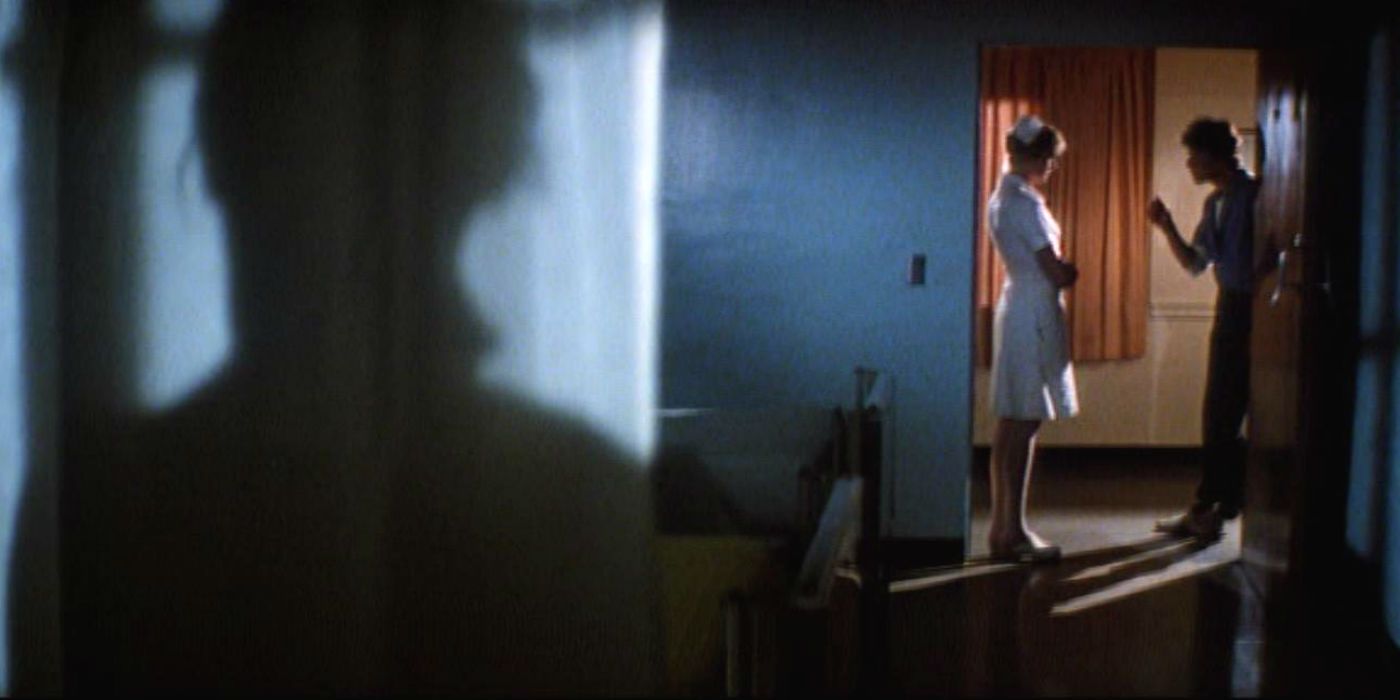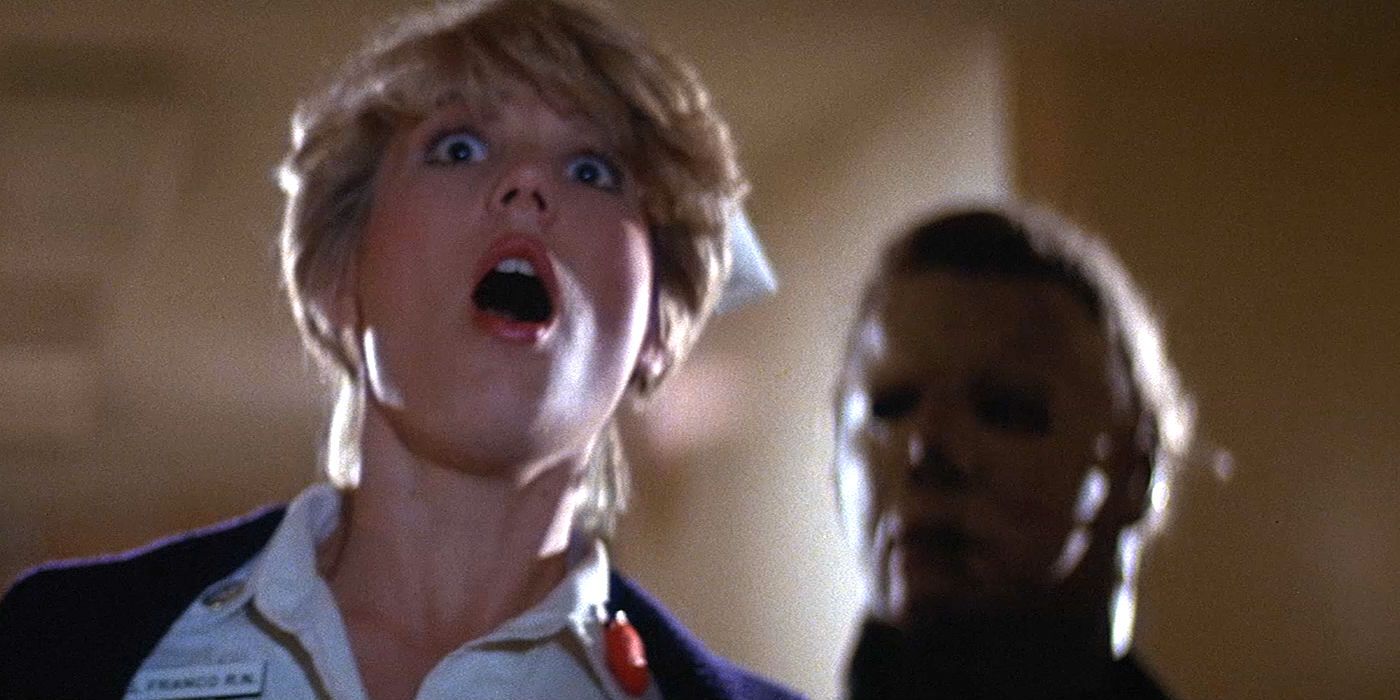
The 1981 horror sequel, Halloween 2, was notable for several reasons, including a dramatic shift in location: the secluded Haddonfield Memorial Hospital. But the slick follow-up to John Carpenter’s hit 1978 film, the most successful independent production at the time, was originally going to be a very different film.
Inspired by Alfred Hitchcock’s Psycho and Bob Clark’s Black Christmas (1974), the original Halloween revolved around psychopath Michael Myers who, at the age of 6, stabs his older sister to death on Halloween night in 1963. 15 years later, he escapes from an institution and goes back to the scene of the crime. He follows teenager Laurie Strode (played by then-unknown Jamie Lee Curtis) and her friends - in anticipation of killing more innocents. Myers is eventually shot, falling out of a second story window, only to disappear into the night. The creepy, yet ambiguous ending of Halloween left open a number of possibilities for a sequel.
Producer Irwin Yablans, whose story idea, The Babysitter Murders, eventually became the premise for Halloween, was the first to chime in on the plot of the proposed sequel. In an interview with Fangoria magazine, he mentioned that the sequel would be set a few years later with Laurie Strode being a resident of a high-security apartment complex. Myers would return to stalk her on another Halloween night – though this time, she'd be prepared. Once Universal expressed interest in the property and iconic film producer Dino De Laurentiis stepped in, the concept drastically changed.

Carpenter expressed no desire to return to directing duties for the sequel, but agreed to co-write it with original collaborator Debra Hill. Neither was excited to return to the story, but felt an obligation to their creative team – many of whom had been asked to return. In an interview regarding the trajectory of the follow-up, Hill mentioned that they felt it had to pick up immediately where the first film ended. Both she and Carpenter posed the question: where would Myers go after being shot and wounded? A film that took place years later seemed like a ridiculous notion to them. Following events in a realistic fashion, they felt that Laurie would be taken to a hospital and Myers would, naturally, stalk her.
The idea to focus the action within a hospital setting would lend itself to several unique suspense scenes and allow for a variety of new characters to be quickly introduced. The resulting film, directed by Rick Rosenthal, proved to be a box office hit in October of 1981. However, the production did not have the same positive critical response the original film eventually received, and did not enjoy the same success. Critics were turned off by the onscreen violence, which they claimed was much more cruel and explicit than its predecessor. They were also put off by the story, which lacked a true protagonist and was instead filled with unlikable characters.
While Halloween 2 did not achieve the same revered status of the original, in recent years it has developed a loyal cult following. Decades of banal follow-ups and remakes have also been kind to the film, which does manage to capture the look and feel of the Carpenter classic in spite of strained story decisions. In fact, a recent test screening of the latest Blumhouse-era Halloween film (ironically following a timeline that erases Halloween 2) suggests that the action takes place primarily in a hospital – picking up events directly after the 2018 sequel. A back-handed compliment perhaps, but better than the hospital dream sequence that began Rob Zombie’s often-debated remake sequel from 2009. Halloween Kills, which ended shooting last November, is scheduled for release this October.
from ScreenRant - Feed https://ift.tt/31xNtsS



0 Comments